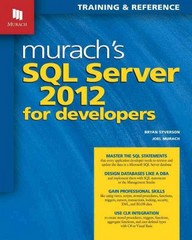Answered step by step
Verified Expert Solution
Question
1 Approved Answer
Arrange the following lines of code to produce an algorithm that counts how many of the given measurable objects have a measure greater than m
Arrange the following lines of code to produce an algorithm that counts how many of the given measurable objects have a measure greater than m Not all lines are useful
How to use this tool
Unused
int count
return count;
public static int countlarger Object objects, double n
public static int countlarger Measurable objects, double m
for Measurable obj: objects for Object obj: objects
Count Tester.java
Load default template
import java.util.Scanner;
public class CountTester implements Measurable
private double measure;
public CountTesterdouble measure
this.measure measure:
public double getMeasure
return measure;
public static void main String args
Scanner in new ScannerSystemin;
double innextDouble; int numobjsin.nextInt;
count; if objm if objgetHeasurem
CountTester myobjs new CountTesternumbjs; for int index ; index numbjs; index
myobjs index new CountTester innextDouble;
System.out.printlncount Largermyobjs e
Step by Step Solution
There are 3 Steps involved in it
Step: 1

Get Instant Access to Expert-Tailored Solutions
See step-by-step solutions with expert insights and AI powered tools for academic success
Step: 2

Step: 3

Ace Your Homework with AI
Get the answers you need in no time with our AI-driven, step-by-step assistance
Get Started


